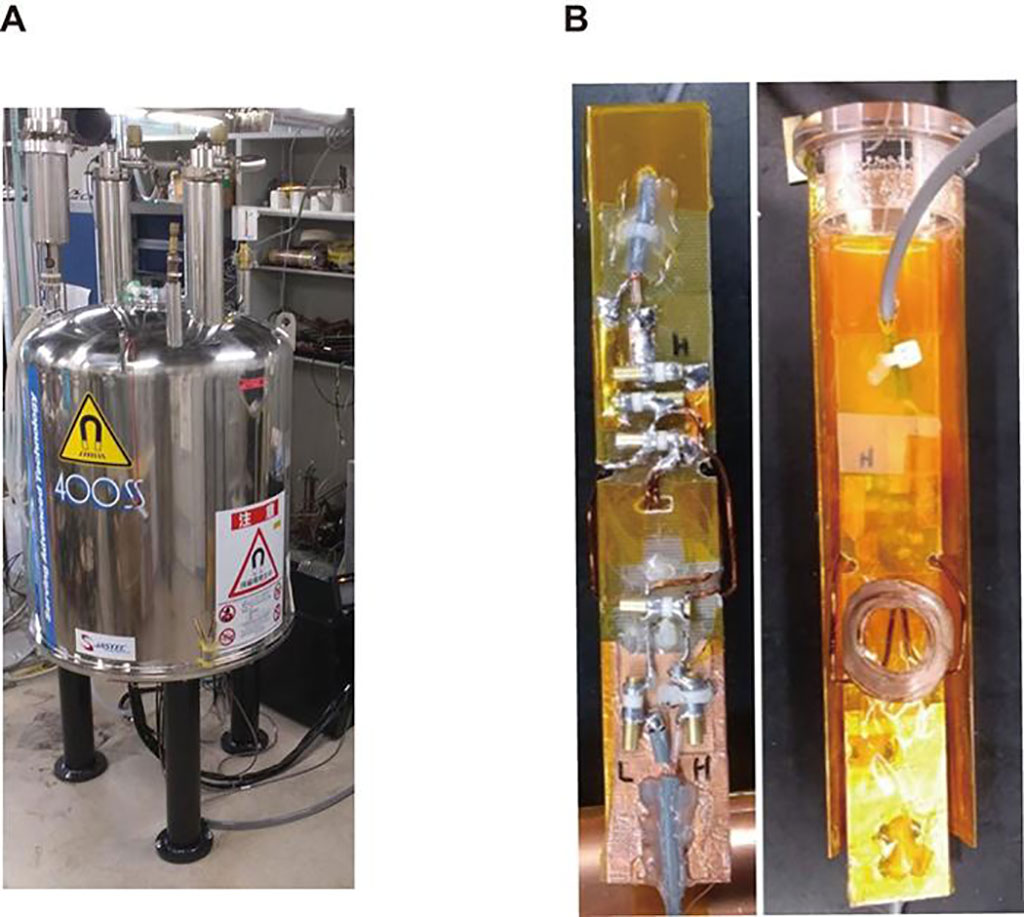Advanced MRI Technique Offers New Approach for Diagnosing Diabetic Kidney Disease
Posted on 14 Jun 2023
Albuminuria has been the gold standard test for predicting the onset of diabetic kidney disease. However, detecting albuminuria alone has limited sensitivity and specificity in cases of end-stage renal failure with a reduced estimated glomerular filtration rate. This is corroborated by several studies indicating that about half of type 2 diabetes patients who developed kidney dysfunction exhibited no prior albuminuria. Now, a new study suggests that combining the evaluation of sodium concentration using 23Na MRI with urinary albumin measurement, commonly used in diabetic testing, could enable early diagnosis of tubular abnormalities in diabetic kidney disease and selection of treatment.
The kidney plays a significant role in the excretion and reabsorption of sodium. It possesses mechanisms such as the countercurrent multiplication system, which facilitates efficient water reabsorption, and the creation of an osmotic gradient by sodium ions from the cortex to the medulla. Numerous studies have explored channels and transporters involved in renal sodium metabolism, although the changes in the kidney's total sodium amount and distribution demand further investigation. 23Na MRI, which images 23Na as opposed to the clinically applied 1H in standard MRI, visualizes metabolic shifts in sodium. The advanced 23Na MRI technique can noninvasively assess the distribution of sodium throughout the kidney and assess changes in the countercurrent multiplication system.

There are earlier reports of 23Na MRI studies but capturing sodium concentrations equivalent to physiological saline and clearly visualizing them in MRI has proven challenging. This is due to the relatively small amount of sodium in vivo compared to hydrogen, resulting in exceedingly minute signal values. In the study, researchers at Niigata University (Niigata, Japan) refined the newly developed 23Na MRI to image mouse kidneys, allowing for detailed and clear imaging. The study utilized 6-week-old diabetic model mice (db/db mice) in an early stage when kidney tissue damage was not evident and imaged the kidneys using a 9.4 Tesla vertical magnet MRI device optimized by the research team. 23Na-visualization images revealed weakened formation of the countercurrent multiplication system in the kidney, compared to control mice.
23Na MRI is capable of revealing metabolic changes in renal sodium, potentially facilitating a more comprehensive understanding of the pathophysiology of not only diabetic kidney disease but also dehydration and certain types of hypertension linked to sodium metabolism. In the future, the researchers aim to explore whether these findings can assist in diagnosing other diseases. Furthermore, the successful detailed visualization of mouse kidneys suggests the possibility of broadening the target organs. As these research findings accumulate, it may pave the way for the clinical application of 23Na MRI.
Related Links:
Niigata University














